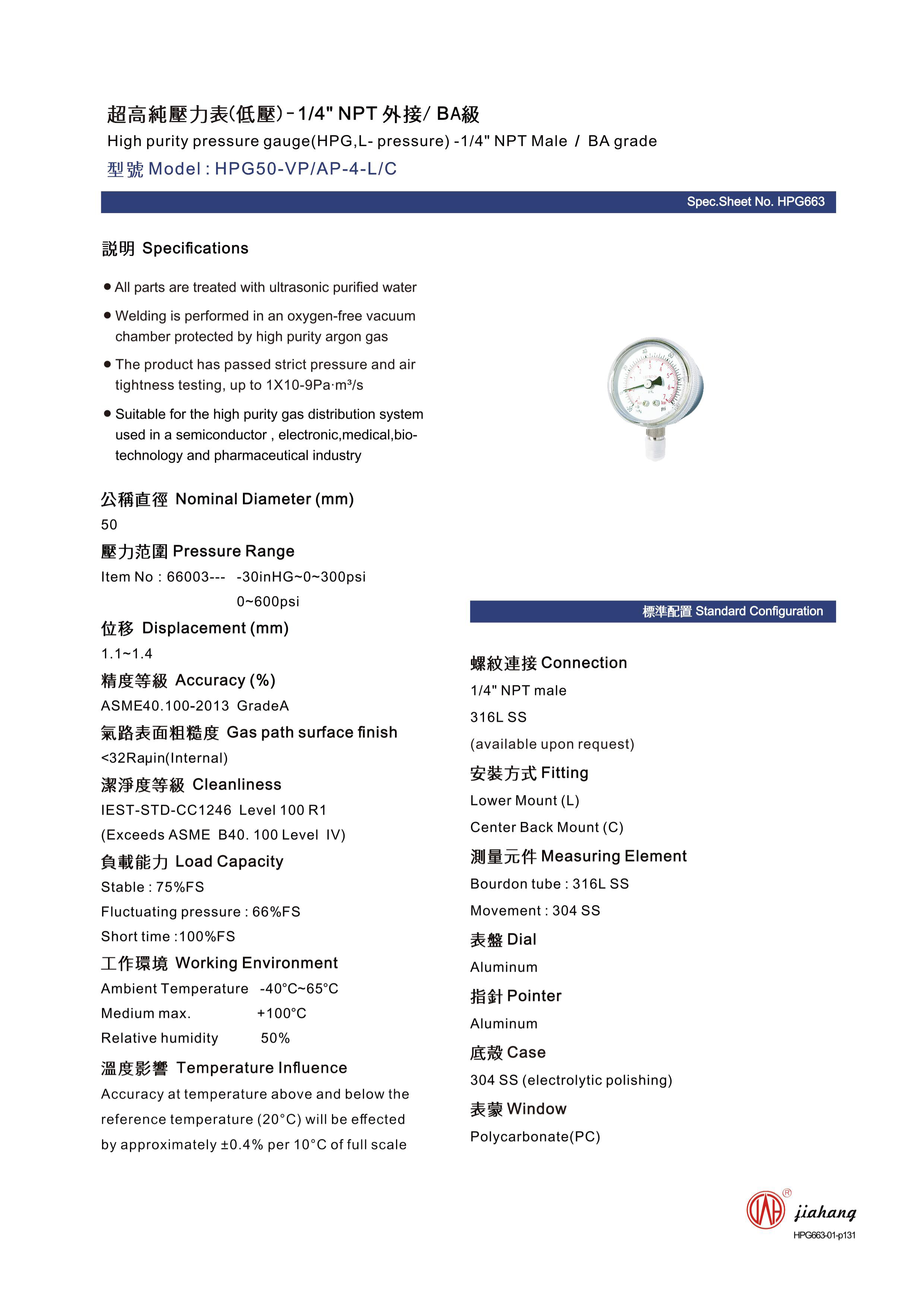
Nov . 09, 2024 14:49 Back to list
Understanding the Functionality of Diaphragm Pressure Gauges in Industrial Applications
Understanding the Diaphragm Pressure Gauge A Comprehensive Overview
Pressure measurement is a critical aspect of many industries, from manufacturing to pharmaceuticals, and a reliable instrument is essential for maintaining safety, efficiency, and product quality. One of the most commonly used devices for measuring pressure is the diaphragm pressure gauge. This article will delve into the working principles, advantages, applications, and maintenance of diaphragm pressure gauges.
What is a Diaphragm Pressure Gauge?
A diaphragm pressure gauge is a mechanical device that measures pressure through the movement of a flexible diaphragm. The diaphragm is typically made of elastic materials such as stainless steel or other alloys that can withstand various pressure and temperature conditions. When pressure is applied to one side of the diaphragm, it deforms, leading to a displacement that can be translated into a pressure reading.
Working Principle
The core principle behind a diaphragm pressure gauge involves the relationship between pressure and the deformation of the diaphragm. When the pressure increases, the diaphragm bends, causing a change in its shape. This deformation is transferred to a mechanical system, often a series of gears or levers that translate this movement into a dial movement, indicating the pressure on a scaled display.
Most diaphragm gauges provide an analog reading, but many modern versions can also feature digital displays, enhancing readability and precision. The sensitivity of the gauge can be adjusted, allowing it to measure a wide range of pressures, from vacuum levels to high-pressure systems.
Advantages of Diaphragm Pressure Gauges
1. Wide Range of Applications Diaphragm gauges are versatile and can be used in various settings, including industrial applications, HVAC systems, and laboratory environments. They are suitable for measuring gases, liquids, and even corrosive substances when proper materials are chosen.
2. High Sensitivity These gauges can detect small pressure changes, making them ideal for precise measurements. This sensitivity contributes to better control in processes where accurate pressure readings are crucial.
the diaphragm pressure gauge

4. Minimal Maintenance Diaphragm gauges are relatively low maintenance compared to other pressure measurement devices. As long as they are installed correctly and operated within their specified limits, they can function accurately without frequent calibrations.
5. Safety The design of diaphragm gauges minimizes the risk of leaks and explosions, especially crucial in high-pressure environments. The sealed nature of the diaphragm adds an extra layer of safety.
Applications
Diaphragm pressure gauges are used across a multitude of industries, including
- Oil and Gas Monitoring pipeline pressures and detecting leaks. - Food and Beverage Ensuring appropriate pressure in processing equipment. - Pharmaceuticals Maintaining accurate pressure in production lines and sterilization processes. - Water Treatment Measuring pressure in filtration systems and pumps. - HVAC Systems Monitoring duct pressure and ensuring efficient operation.
Maintenance and Calibration
While diaphragm pressure gauges require minimal maintenance, some care is necessary to ensure accuracy and longevity. Regular inspection for signs of wear, corrosion, or mechanical damage is essential. Calibration should be performed periodically to ensure the readings are accurate. It is recommended to compare the gauge readings with a known standard pressure measurement to confirm accuracy.
In environments with extreme conditions, additional protective measures may be necessary, such as the use of pressure snubbers or filters to prevent contamination of the diaphragm.
Conclusion
The diaphragm pressure gauge is an essential instrument in many fields, offering a reliable and precise method of pressure measurement. Its versatility, durability, and ease of maintenance make it a preferred choice for applications requiring accurate pressure monitoring. As technology advances, these gauges continue to evolve, incorporating digital advancements while maintaining their core mechanical principles. Understanding the workings and applications of diaphragm pressure gauges can help industries optimize their operations and ensure safety protocols are rigorously followed. Whether in a laboratory or an industrial setting, these gauges remain critical to the successful management of pressure-related processes.
-
High-Precision 5 Valve Manifold Differential Pressure Gauge Suppliers
NewsApr.29,2025
-
High-Precision Diaphragm Vacuum Pressure Gauges Manufacturers & Quotes
NewsApr.29,2025
-
Omega Differential Pressure Gauges High Accuracy & Durability
NewsApr.28,2025
-
Low Pressure Differential Pressure Gauges Precision Solutions & Quotes
NewsApr.28,2025
-
Digital Diaphragm Pressure Gaauge Precision Measurement & OEM Quotes
NewsApr.28,2025
-
Differential Pressure Gauge China Price High-Accuracy & Best Quotes
NewsApr.28,2025
